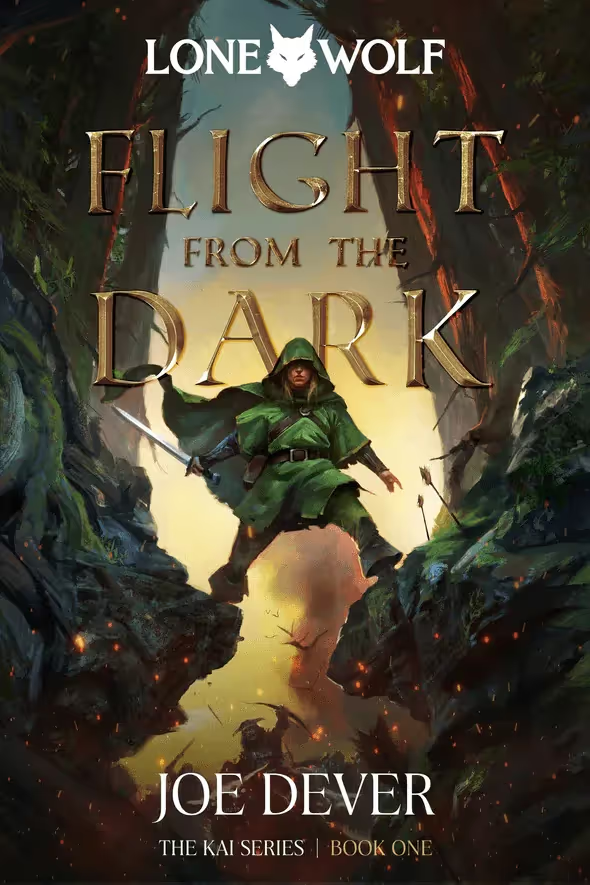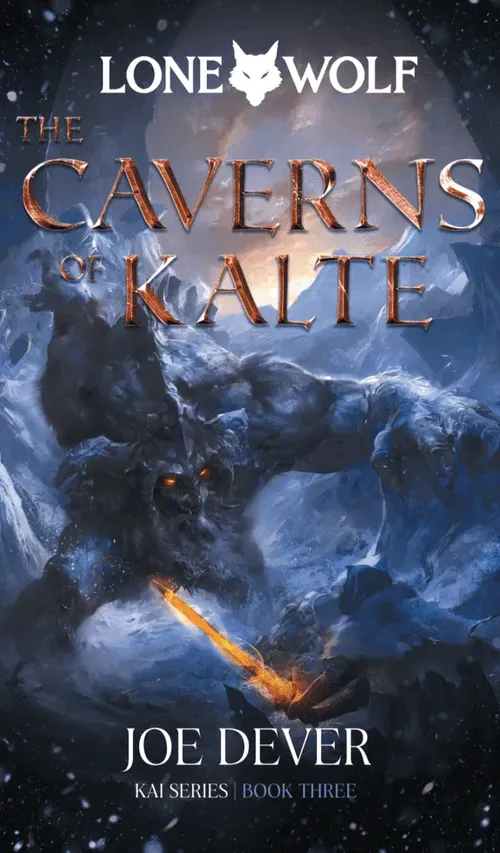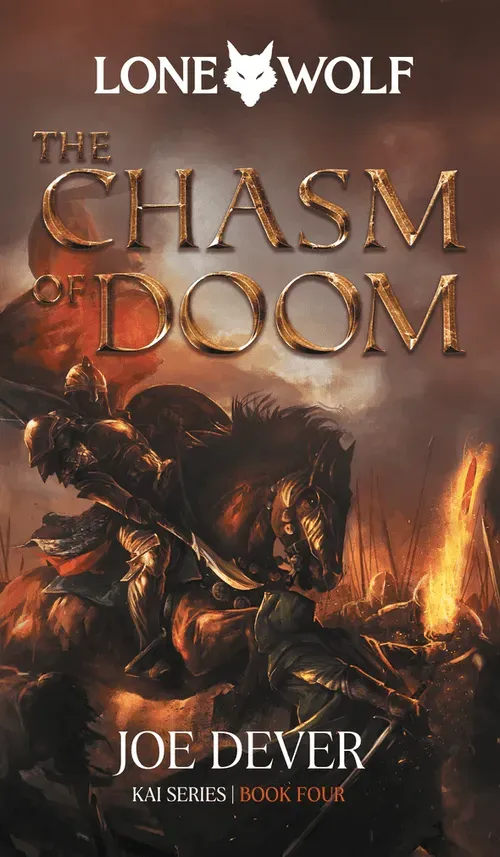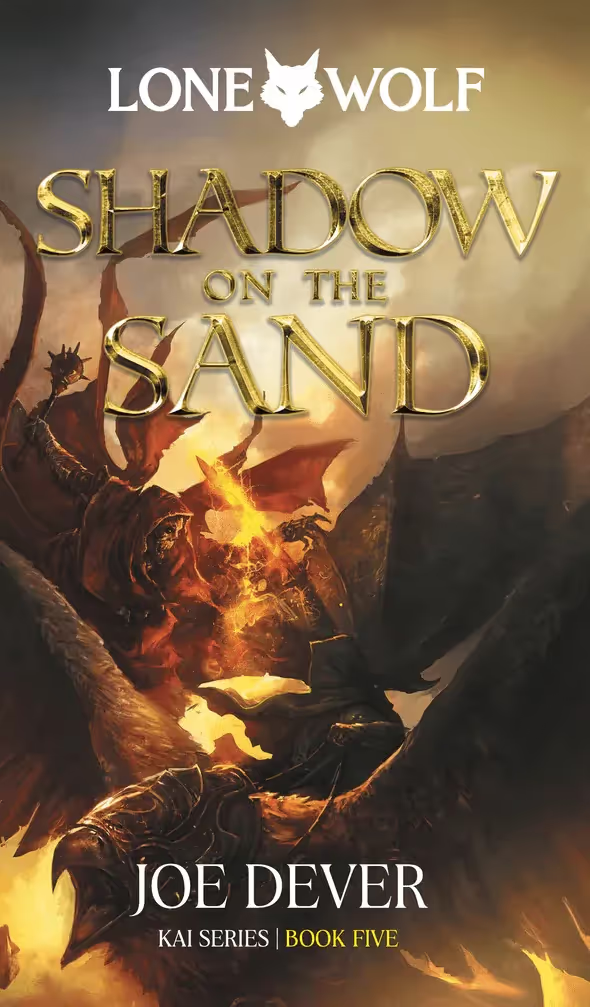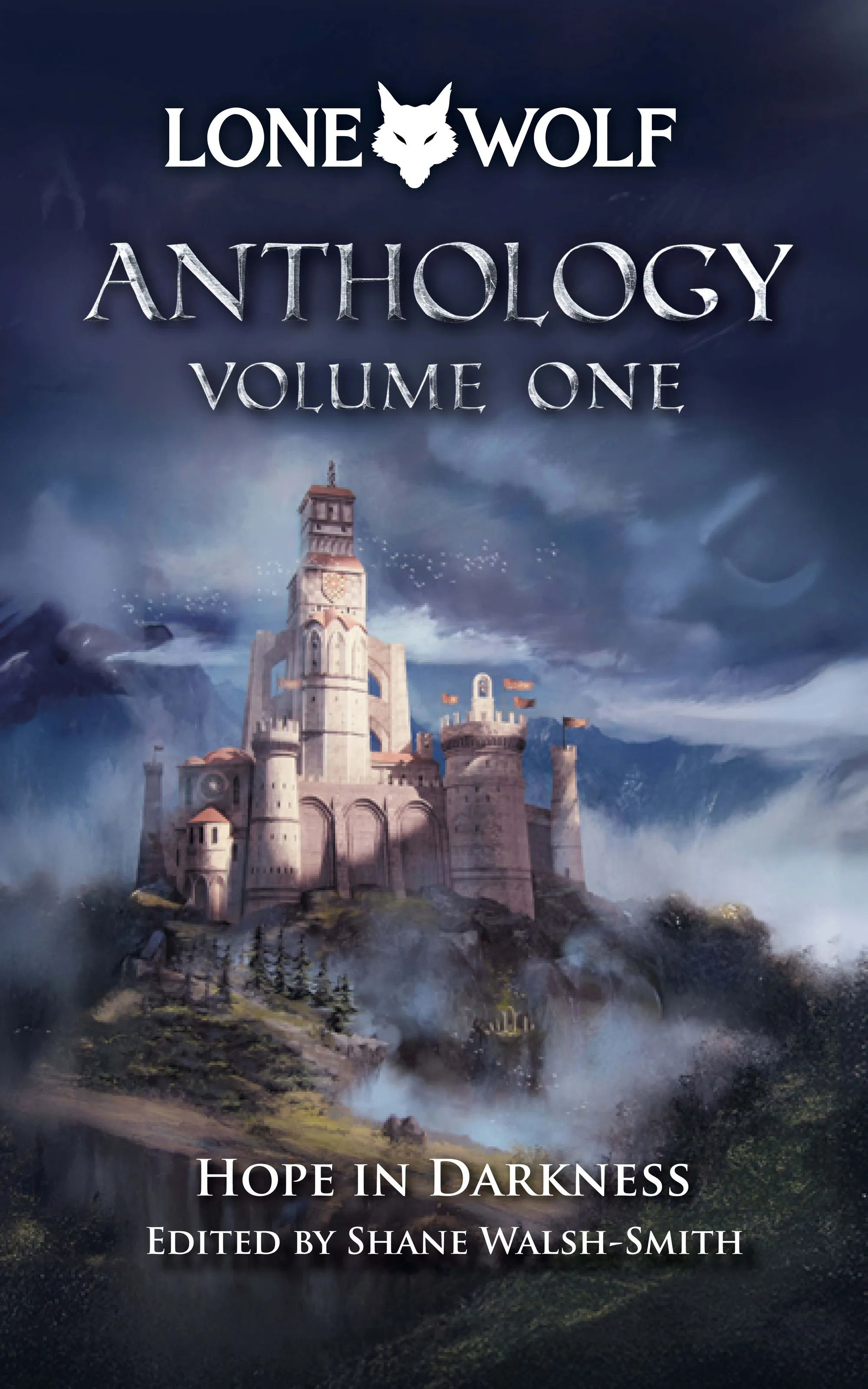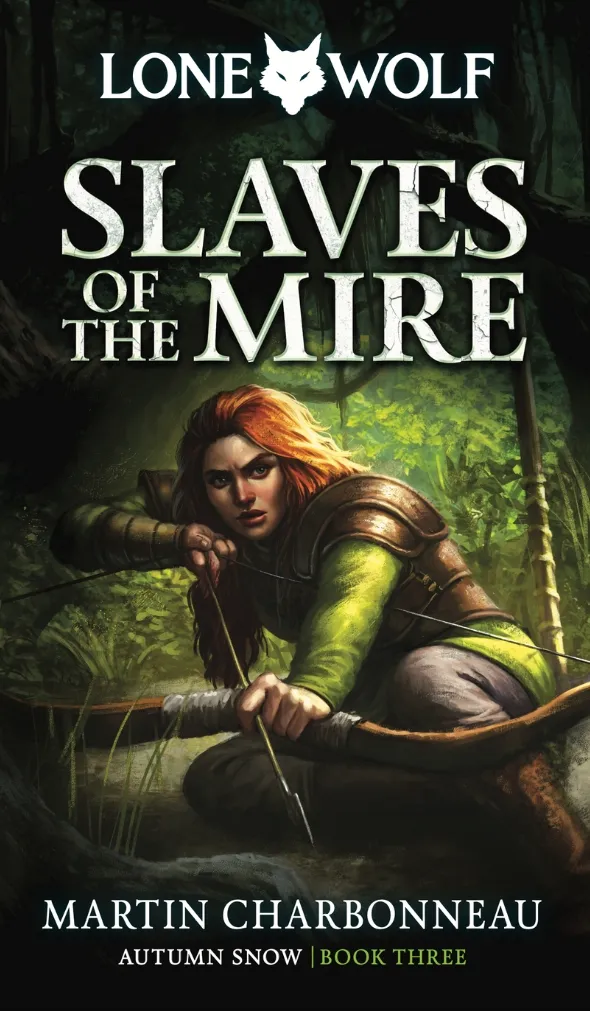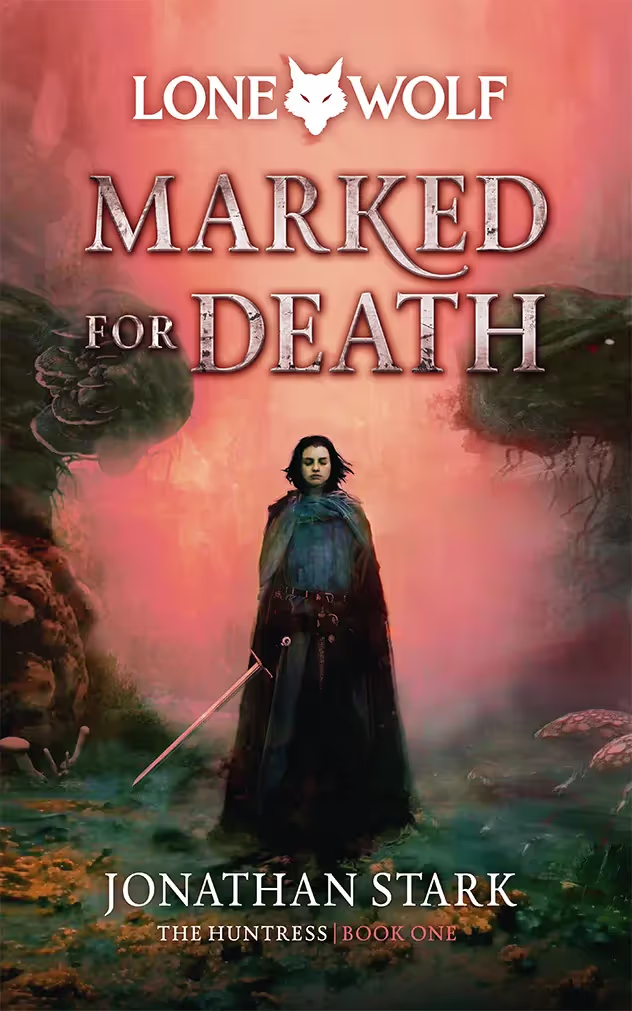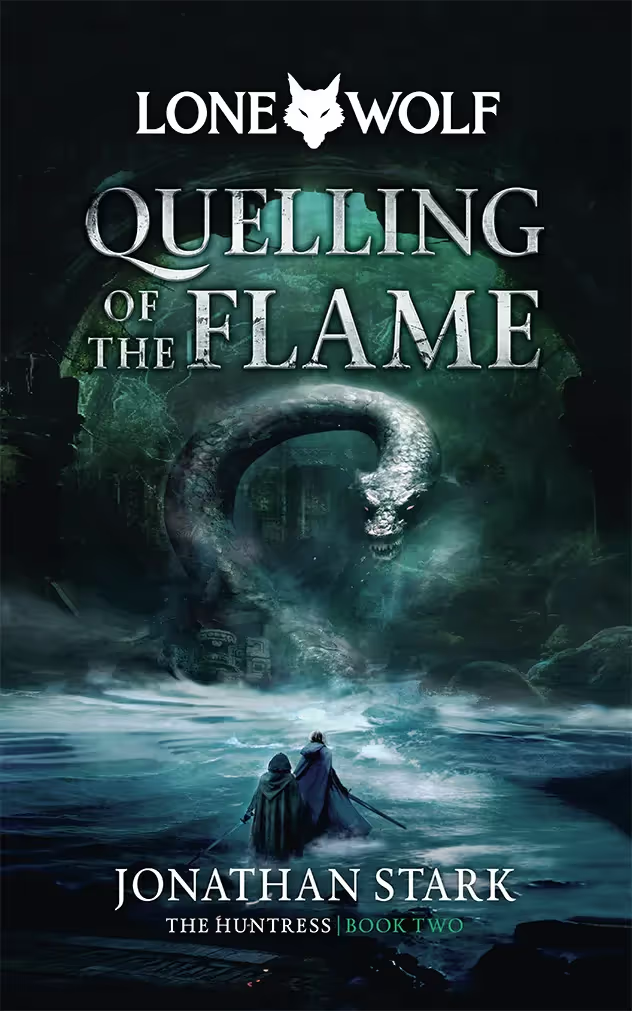

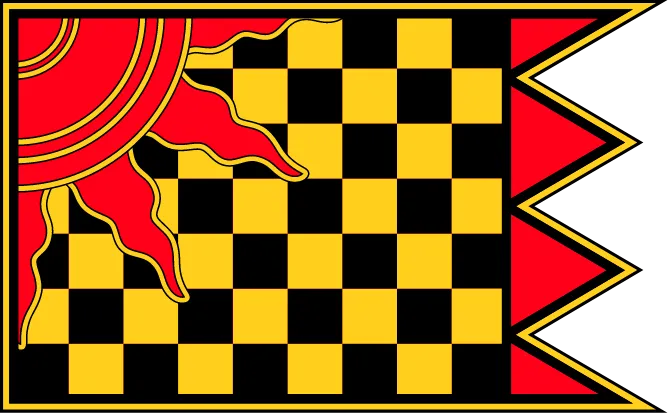

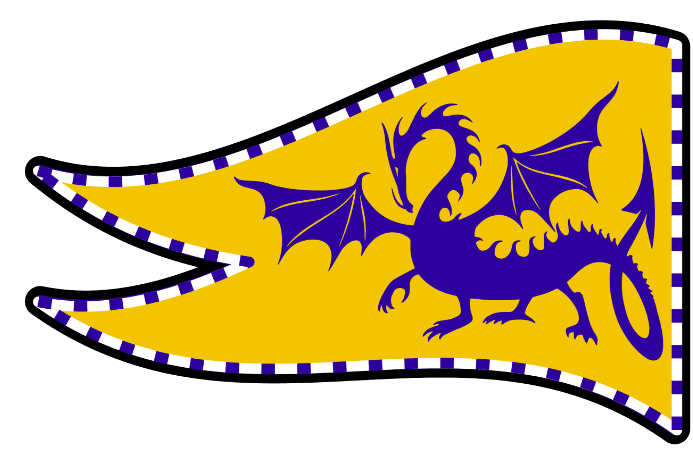

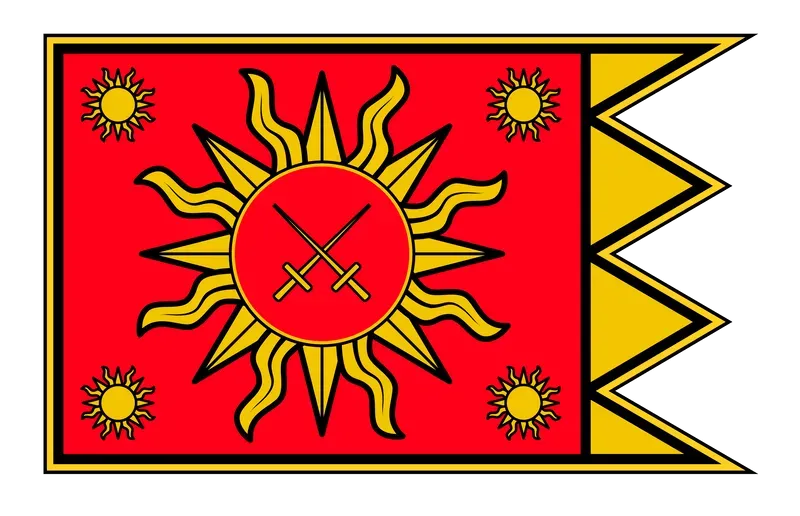

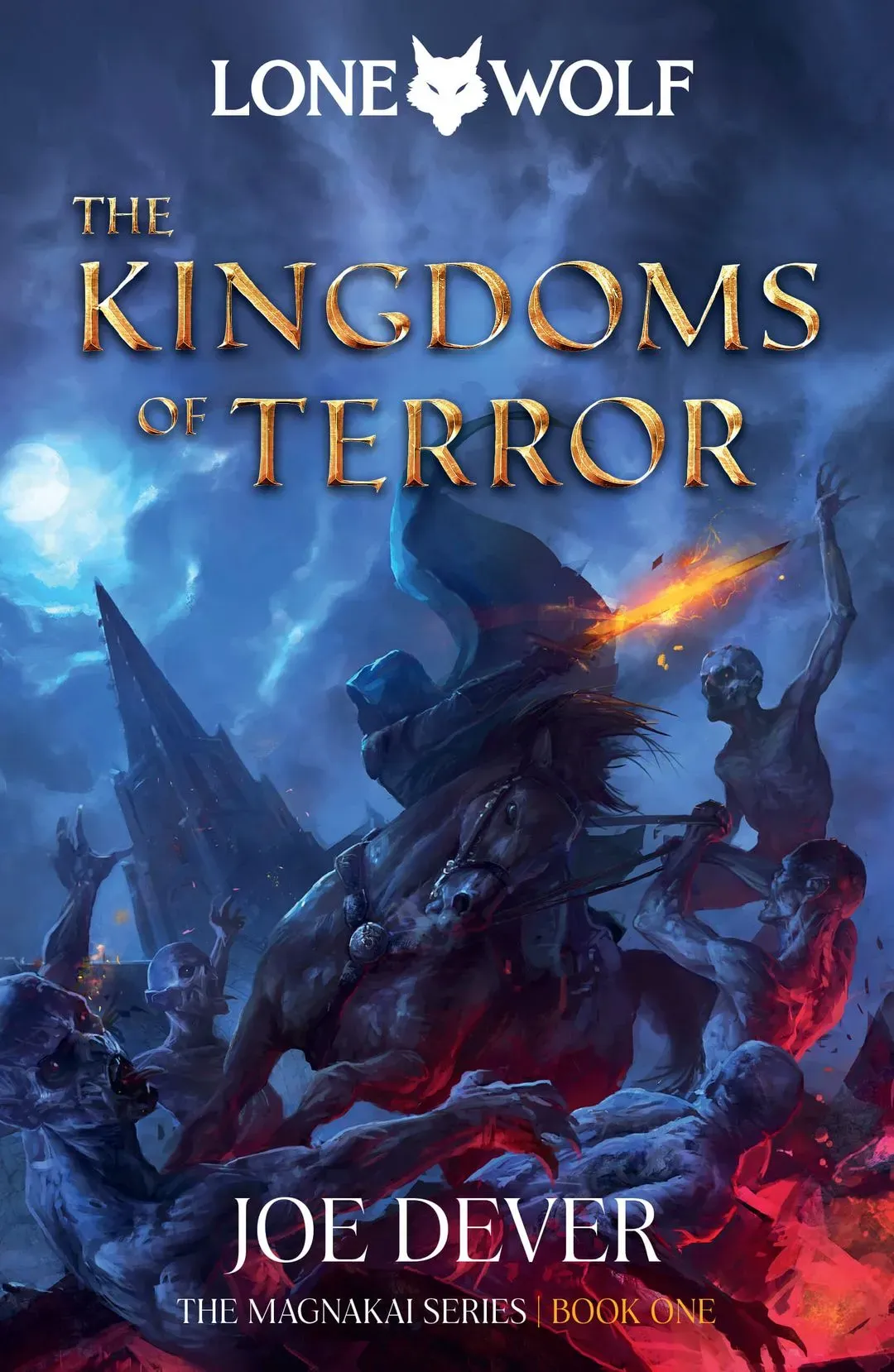


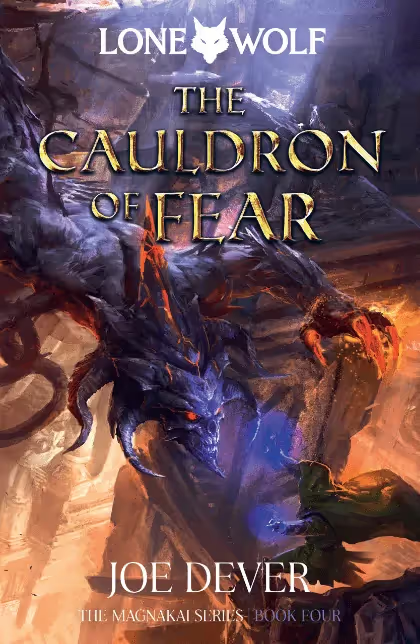
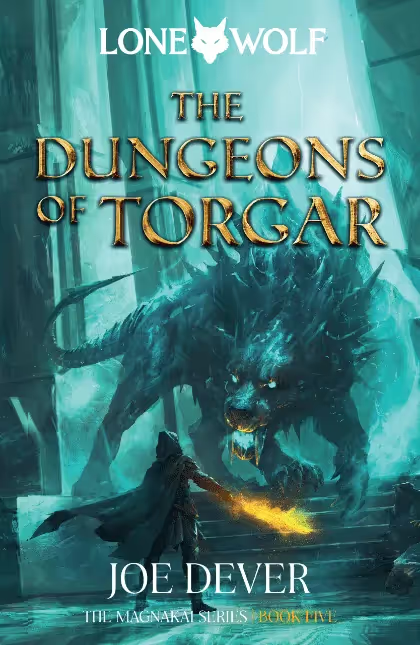
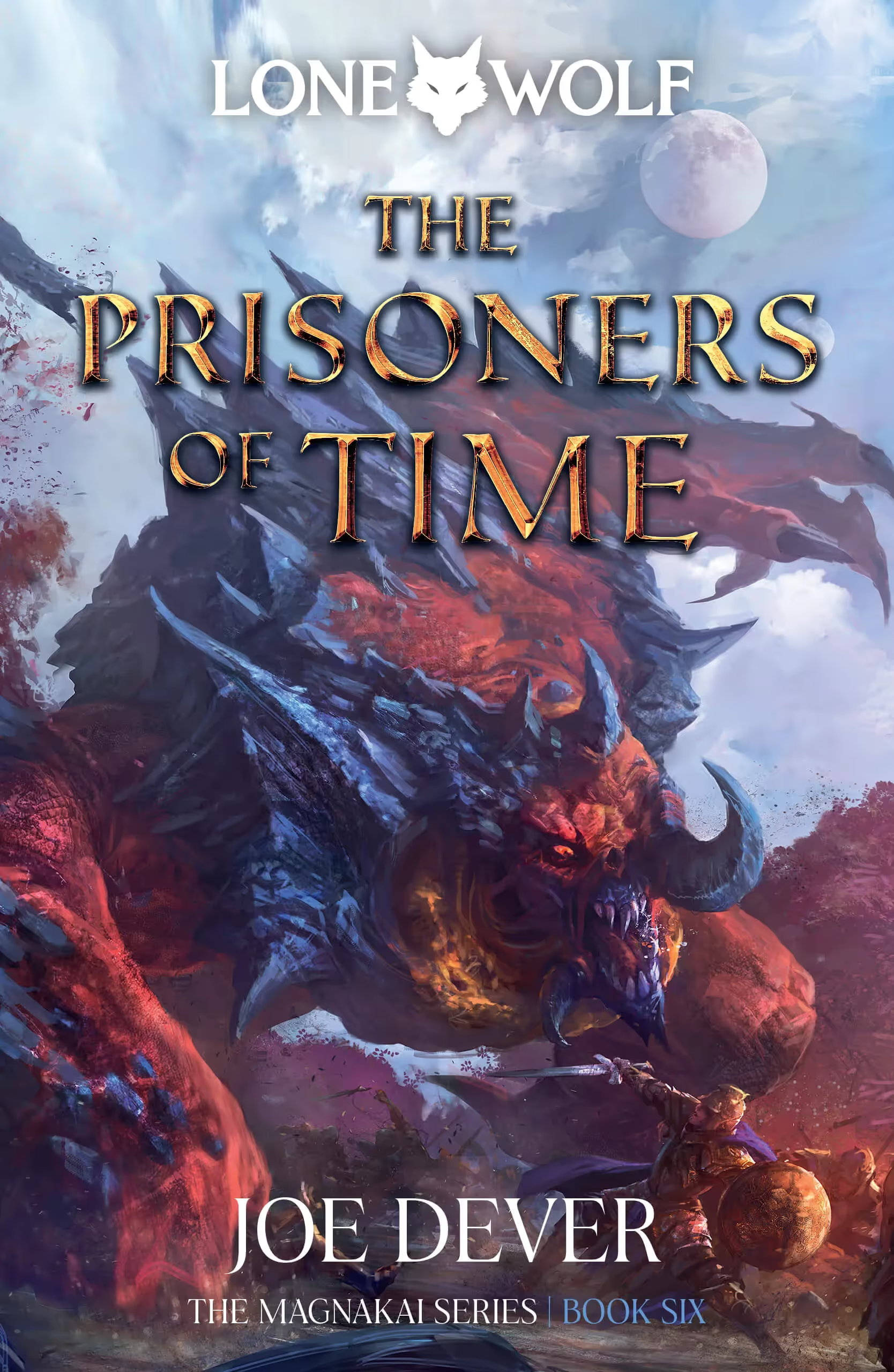


.webp)
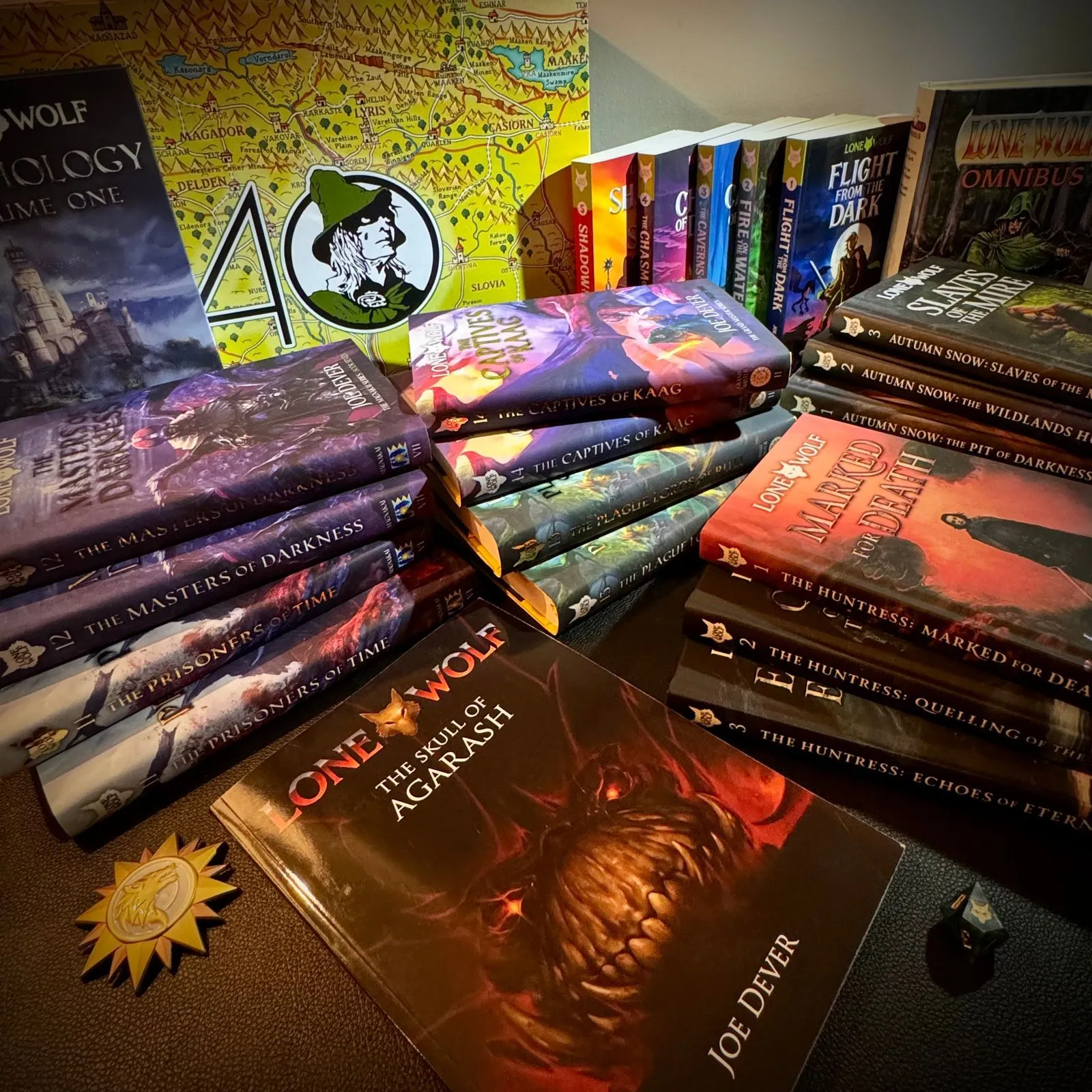


Before computer games - there were Gamebooks. A gamebook is an interactive novel - allowing the reader to participate in a story where you are the hero.
The story branches along different paths using numbered paragraphs called sections. At the end of each section, you are given a choice. For example -
‘If you wish to fight, turn to section X’.
‘If you wish to flee, turn instead to section XX’.
Your choices determine the tale. Each book can be played multiple times, and new paths charted.
Lone Wolf provided something unheard of in interactive fiction at the time – the entire series, book after book, was all set in the same world, part of the same epic saga, the lore expanding further and further with each new adventure - building your character, your skills, your weaponry - in one continuous epic narrative!
Because they’re awesome!
Interest in Lone Wolf is at a new high, and until now, the books have been difficult to track down - sometimes traded for hundreds of dollars online. They have passed through many publishers, in varying designs and styles, and never in a single consistent format.
In the 1990s, with the rise of computer gaming, the gamebook craze was over - but the Lone Wolf stories were not! Joe Dever never had a chance to complete his series. Fans were unable to finish their adventure!
Then came the internet, and the Lone Wolf community gathered online. An explosion of activity led to new Lone Wolf roleplaying and video games, reprints of the books, and a renaissance of Lone Wolf publications abroad - notably in France and Italy. With Lone Wolf back in a big way, Joe got back to work.
In 2016, the first brand new Lone Wolf adventure since 1998 was printed by Holmgard Press. Unfortunately, it was during this time that news came of Joe’s struggle with cancer. Joe passed away in November 2016. He handed his notes for the final three books to his son Ben, along with the task of bringing the series to its conclusion.
Ben and co-author Vincent Lazzari are now working on the final book - Light of the Kai - in time for the 40th Anniversary of the series in 2024, and expanding the world of Magnamund into new formats for a new generation. Part of that task is bringing the entire series back into print.
Learn more about the legacy of Lone Wolf










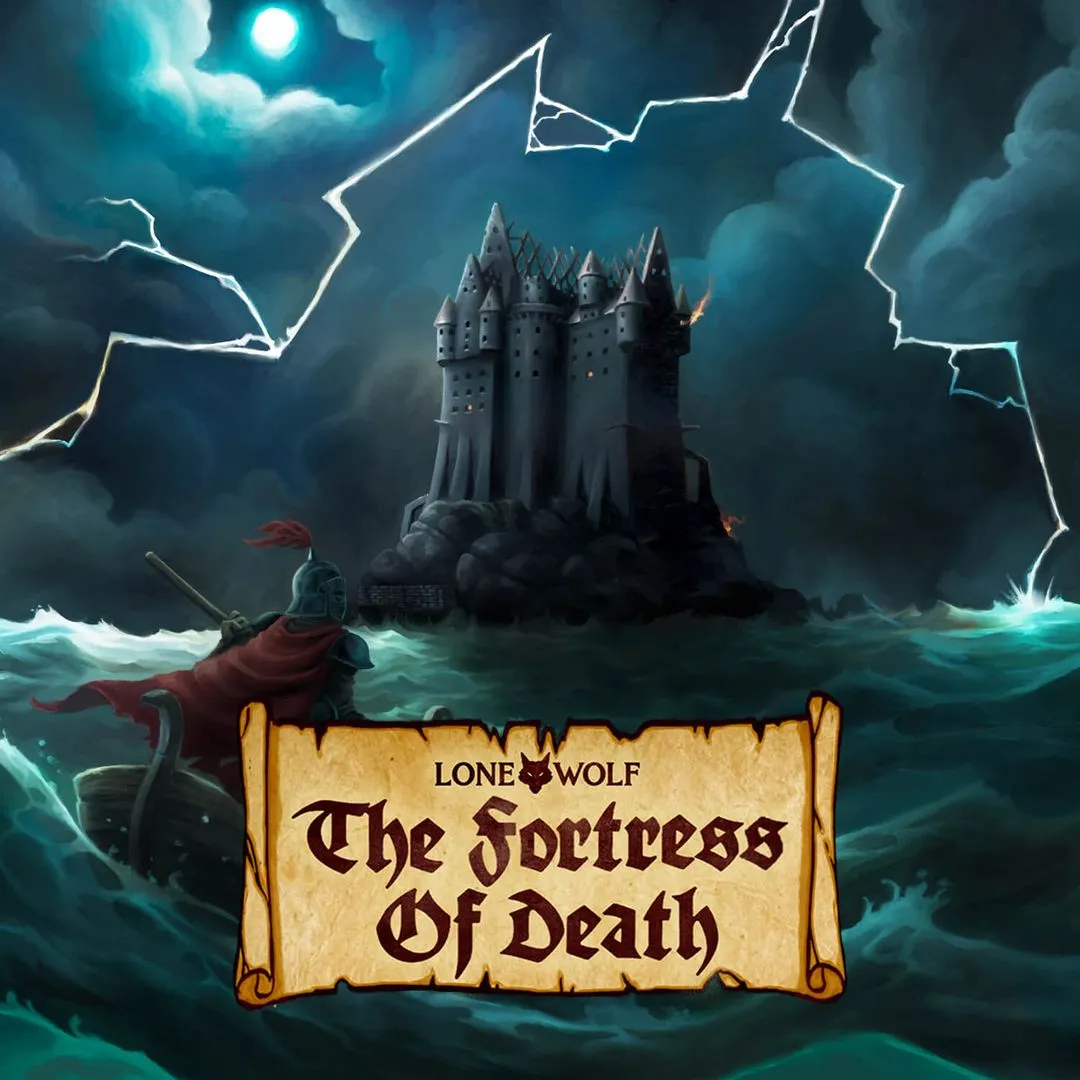
.webp)
.jpg)
.webp)
.jpg)
